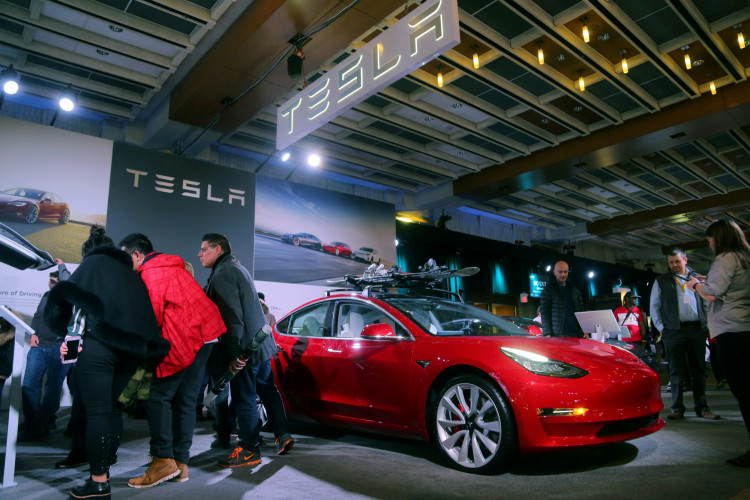Moves by Tesla Inc. last week to sustain apparently flagging demand for its electric vehicles (EVs), saw it slash the prices for some models while doing away with some versions altogether.
Some analysts are questioning the wisdom of these moves and the anger they're causing among buyers.
Tesla cut the price of the long-range variant of its Model S, 3 and X EVs. The price of the cheapest Model 3 variant available for ordering online fell by $1,000 to $38,990. The prices of several other options (or option packages) have been mostly lowered.
The $35,000 base model is still available "off-menu" by phone, however. But Tesla will no longer sell the standard range versions of the Model S and Model X, in effect raising the minimum price consumers will have to pay for those cars.
On the other hand, Tesla increased the price of the entry-level variants for all three models. The base version of the Model S rose to $79,990 from $75,000, while the price of the Model X jumped to $84,990 from $81,000.
As part of a new update, Tesla bundled its high-performance "ludicrous mode" into the price of the Model S Performance and Model X Performance variants. Ludicrous mode, a feature that enables a top-line P90D Model S, for example, to zoom from zero to 60 mph in under three-second, previously cost buyers an additional $20,000.
"In order to make purchasing our vehicles even simpler, we are standardizing our global vehicle lineup and streamlining the number of trim packages offered for Model S, Model X and Model 3," said a Tesla spokesperson to CNBC.
"We are also adjusting our pricing in order to continue to improve affordability for customers. Like other car companies, we periodically adjust pricing and available options."
Full self-driving capabilities will also cost more. CEO Elon Musk last week said the price of a Tesla with full self-driving capabilities will increase by $1,000 starting Aug. 16.
"As mentioned earlier this year, cost of the Tesla FSD option will increase every few months," tweeted Musk. "Those who buy it earlier will see the benefit." In April, Musk warned the cost of full self-driving functionality would "increase substantially over time."
All three Tesla EVs, however, aren't yet capable of full autonomy. Musk himself has said he expects the full set of full self-driving features to be ready within the next two years or by 2021 at the earliest.
Analysts said last week's price hikes were a step to sustain demand at the risk of undermining profitability.
The most obvious risk for Tesla is that its price cuts will undermine its profitability and buyer fervor. Tesla posted a massive $702 million net loss in this first quarter after being profitable in the second half of 2018.
The endless stream of price cuts and increases this year is also demoralizing Tesla customers. Many of these people opted for a Tesla, despite their hefty price tags, because they were confident they were getting a fair price when buying a Tesla.
The spate of price cuts has seriously undermined this confidence and has led some to loudly complain Tesla duped them into buying expensive cars when cheaper versions were just down the road.





